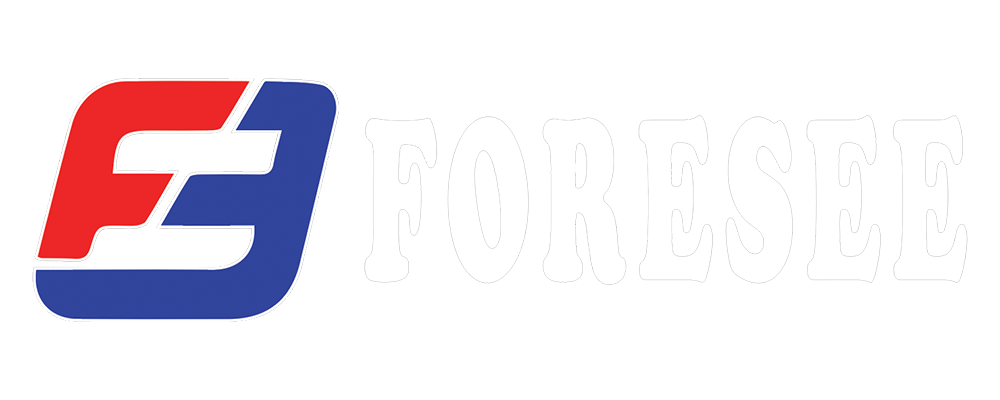AWS Classification System: Understanding Welding Wire Codes
Welding is a vital process in industries ranging from manufacturing to construction, and the quality of welds often hinges on the materials used. Welding wires, also known as filler metals, play a crucial role in ensuring strong, durable welds. To help users identify and select the right welding wires for their applications, the American Welding Society (AWS) has developed a comprehensive classification system. In this article, we'll delve into the AWS Classification System and demystify welding wire codes.
The Basics of the AWS Classification System
The AWS classification system provides a standardized method for identifying and specifying welding consumables, including electrodes, filler metals, and fluxes. Each welding wire is assigned a unique code that indicates its composition, intended use, and specific characteristics. Understanding these codes is essential for welders, engineers, and manufacturers to make informed decisions about material selection and welding procedures.
Decoding the Welding Wire Code
The AWS welding wire code consists of a series of letters and numbers, each carrying specific information about the welding wire. Let's break down a typical welding wire code:
-
Prefix: The code usually begins with a prefix that indicates the type of welding wire. For example, "ER" signifies that the wire is an electrode or rod used in arc welding, while "ERG" indicates a gas-shielded arc welding electrode.
-
Designation: Following the prefix, there is a series of numbers and letters that denote the specific characteristics of the welding wire. This designation includes information such as the tensile strength, welding position, and shielding gas requirements.
-
Filler Metal Classification: The code also includes a filler metal classification that indicates the chemical composition of the welding wire. This classification helps users identify compatible base metals and ensures proper fusion and metallurgical properties in the weld joint.
-
Shielding Gas: In gas metal arc welding (GMAW) and gas tungsten arc welding (GTAW), the welding wire code may include information about the required shielding gas. This ensures that the welding process is conducted in the appropriate atmosphere to prevent oxidation and contamination of the weld pool.
-
Diameter: The diameter of the welding wire is typically specified in the code, allowing users to select the correct wire size for their welding applications.
Benefits of the AWS Classification System
The AWS classification system offers several benefits to welding professionals and manufacturers:
-
Standardization: By providing a uniform system for identifying welding wires, the AWS classification system promotes consistency and interoperability in the welding industry.
-
Quality Assurance: Welding wire codes help ensure that users select materials that meet specific quality standards and performance requirements. This minimizes the risk of defects, weld failures, and rework.
-
Compatibility: By understanding the characteristics and composition of welding wires, users can select materials that are compatible with their base metals, welding processes, and application requirements.
-
Safety and Reliability: Proper material selection based on welding wire codes helps ensure the safety and reliability of welded components and structures, reducing the risk of accidents, downtime, and costly repairs.
Here are some examples of welding wire codes along with their meanings:
-
ER70S-6:
- Prefix: "ER" indicates it's an electrode or rod used in arc welding.
- 70: Represents the minimum tensile strength of the weld metal in thousands of pounds per square inch (psi).
- S: Indicates solid wire.
- 6: Denotes the welding position (in this case, it can be used in all positions).
-
ER4043:
- Prefix: "ER" signifies it's an electrode or rod used in arc welding.
- 40: Indicates the approximate minimum tensile strength of the weld metal in thousands of pounds per square inch (psi).
- 4: Specifies the chemical composition of the filler metal, in this case, it's aluminum-silicon.
- 3: Represents the chemical composition and welding position details.
-
ER308L:
- Prefix: "ER" denotes it's an electrode or rod used in arc welding.
- 30: Represents the approximate minimum tensile strength of the weld metal in thousands of pounds per square inch (psi).
- 8: Indicates the specific chemical composition of the filler metal, in this case, it's stainless steel.
- L: Denotes low carbon content.
-
ER70S-G:
- Prefix: "ER" signifies it's an electrode or rod used in arc welding.
- 70: Represents the minimum tensile strength of the weld metal in thousands of pounds per square inch (psi).
- S: Indicates solid wire.
- G: Specifies it's suitable for use with gas shielding.
-
E71T-1C:
- Prefix: "E" indicates it's an electrode or rod used in arc welding.
- 71: Represents the minimum tensile strength of the weld metal in thousands of pounds per square inch (psi).
- T: Denotes tubular wire.
- 1: Specifies the welding position (in this case, it's suitable for all positions).
- C: Indicates it's suitable for use with carbon dioxide shielding gas.
These examples illustrate how welding wire codes convey important information about the composition, characteristics, and intended use of the filler metal, helping welding professionals make informed decisions during the welding process.

Recent post